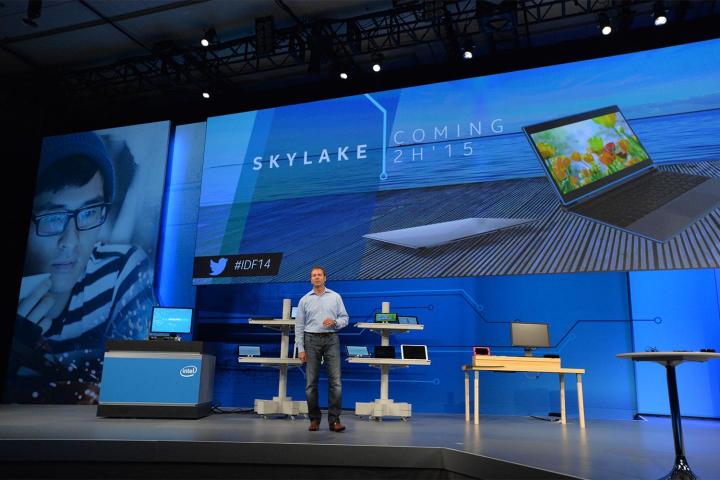
We’ve known for some time that Skylake processors are set to use less power to deliver better performance, but now we’re being given some more details about the specifics that make Intel’s latest line of processors a must-have upgrade.
Thanks to an improved version on Intel’s Iris Pro integrated graphics technology, Skylake processors will be able to drive three 4K monitors at 60Hz, according to a report from Mac Rumors. That makes for a significant step up from Broadwell, which could only cope with a single monitor running the same sort of content.
Intel also unveiled a new bit of functionality called Speed Shift, which will allow its processors to intelligently determine what sort of power consumption is appropriate at any given time. It’s expected that this will contribute to improved performance when operating under the limitations of a laptop with limited battery supply.
Security is another area that Intel hopes to improve upon with Skylake, with two new extensions being detailed. One will serve to target malware that spoofs user privileges, and the other will allow the system to isolate specific sections of memory, as reported by PC World.
This new information is all well and good, but there’s still not much to be heard from the Intel camp with regards to pricing and availability. Word out of IDF15 points to an announcement being made over the next couple of weeks, but there’s been no mention thus far of any particular day and date for such a statement.


